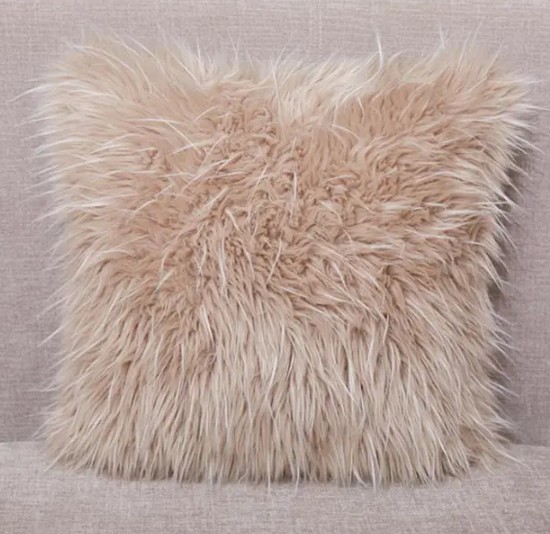Comparing the environmental impact of faux fur home decor to genuine fur raises important considerations regarding sustainability, ethical sourcing, and ecological footprint.
Faux fur home decor is generally considered more environmentally friendly than genuine fur for several reasons. Firstly, faux fur is typically made from synthetic materials such as polyester or acrylic, which do not involve the harvesting or breeding of animals. This eliminates ethical concerns associated with animal welfare in fur farming and trapping practices.
The production of faux fur does not contribute to habitat destruction or species depletion, which can occur with the cultivation of fur-bearing animals. This reduces pressure on ecosystems and helps preserve biodiversity.
Faux fur production often involves less water consumption and lower energy usage compared to genuine fur processing, which can be resource-intensive. This can result in a smaller overall environmental footprint for faux fur home decor products.
It's essential to acknowledge that faux fur is not without its environmental challenges. The production of synthetic materials requires petrochemicals and energy, contributing to greenhouse gas emissions and pollution. Furthermore, microplastics shed from synthetic fabrics like faux fur can enter ecosystems and harm wildlife.
On the other hand, proponents of genuine fur argue that when sourced from responsibly managed fur farms or wild trapping practices, fur can be a natural, renewable, and biodegradable material. However, ensuring ethical and sustainable fur sourcing practices remains a challenge, and concerns persist about animal welfare and environmental impacts in the fur industry.
While faux fur home decor is generally considered more environmentally friendly than genuine fur due to its avoidance of animal cruelty and habitat destruction, it's essential to consider the full lifecycle impacts of both materials, including production, use, and disposal, when making environmentally conscious choices.

 English
English  简体中文
简体中文 русский
русский Français
Français Español
Español












